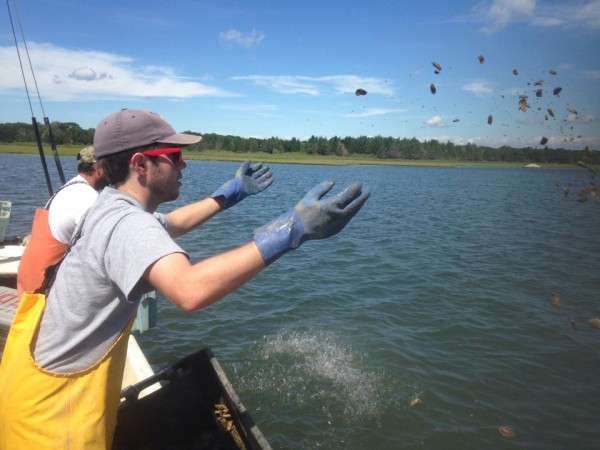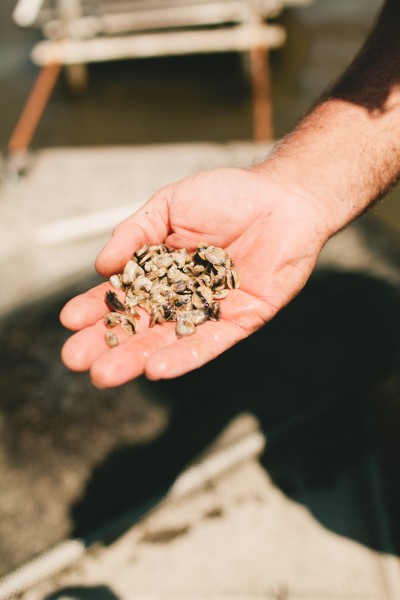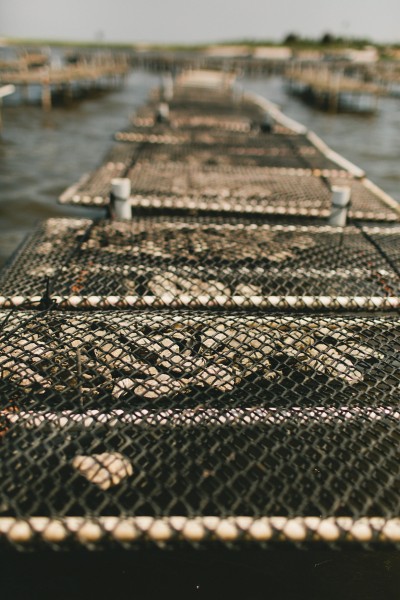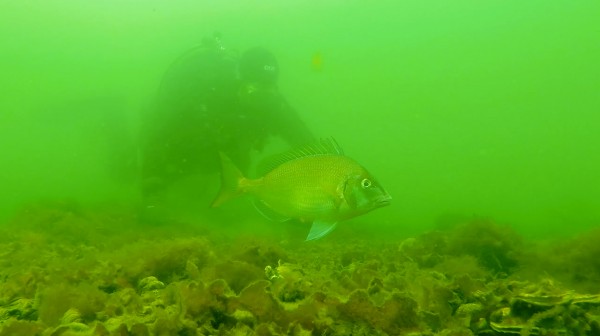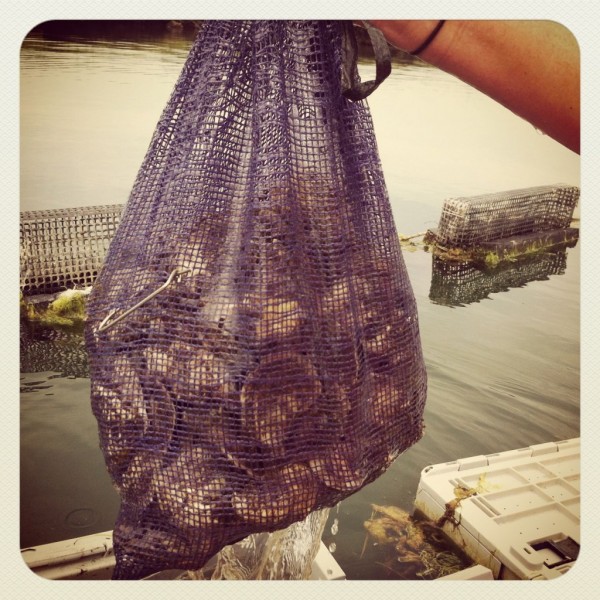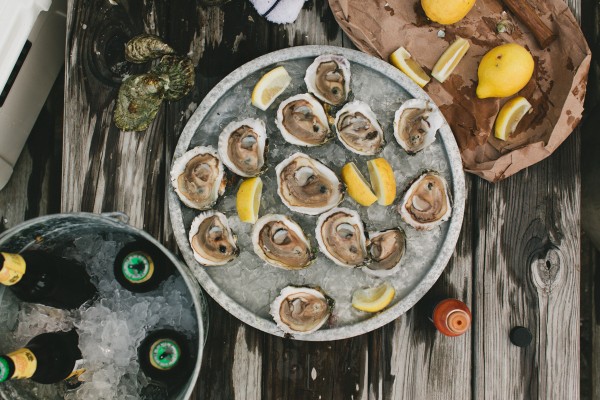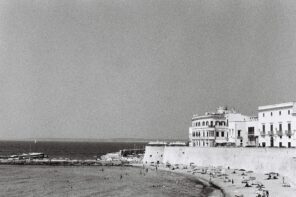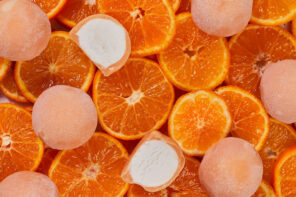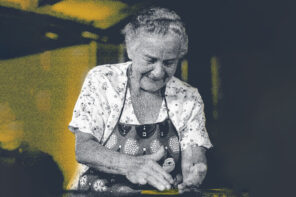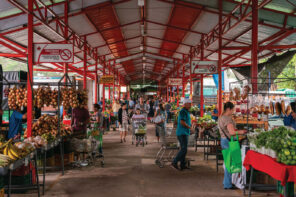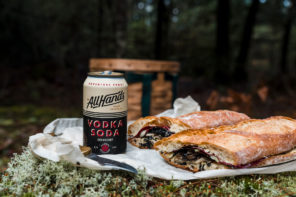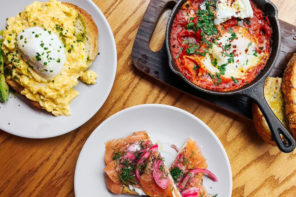There are not too many places on Earth where an oyster goes from an idea to a meal within the same zip code. Interestingly enough, Montauk is one of those places. For a Montauk oyster, the beginning and the end come together nicely with a splash of lemon juice.
Ninety-nine percent of the oysters consumed today are farmed. These oysters begin their life in a hatchery, and guess what, Montauk has it’s very own on Fort Pond Bay. There, Kate Rossi-Snook and a team of scientists spawn clams, scallops and of course oysters,
It’s basically a big lab where a “conditioning” process tricks oysters into thinking it is summer. Gradually and naturally, the water they are in in is warmed up and a series of orgies take place… Orgies? Yes, orgies because when it’s time to party, an oyster will release either an egg or sperm. Yeah, a single oyster can use its gonads to produce egg today or sperm tomorrow, and it can ejaculate 30 times a day too. After the party, fertilization occurs, eggs begin to turn into larvae and larvae swims around in tanks consuming algae until they become too big to swim.
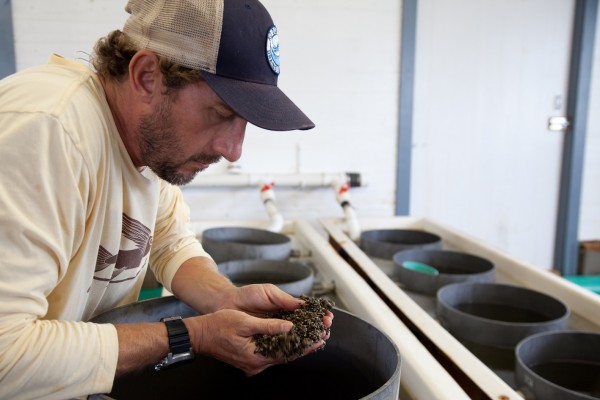
Author Kevin Joseph holds about 10,000, 2 month old oysters pulled from an down-weller in EH Town Shellfish Hatchery. Photo Credit Sven Jaax.
Now these microscopic critters begin to sink, grow a protective shell and begin to be “nursed” in “downwellers” which filter bay water, so the microscopic “spat” are not consumed by microscopic predators. Here they stay until they are the size of a peppercorn. At this point they are transferred to an “upweller,” where water is pumped through bins supplying the tiny oysters a place to live and grow in a protected space. Here they grow to be about the size of a dime. Now they’re considered “seed” and they can be “broadcasted” in Lake Montauk or other local waters on the East End to survive typical predation. Others will be sold to farmers.
“Big Mike” Grande is one of the farmers who buy seed from the town. He grows his Mermaid Select Oysters near Montauk Lake Club. He looks the part of Oyster Farmer to a tee. A hulk of a man with hands that look like a pack of bananas, he’s out there day after day tumbling, grading and caring for his oysters year round.
As growing tactics vary from farmer to farmer, so do the reasons why one would take it up. “I do it to show my girls that we can all do something good for the environment,” said Grande. And I know he means it. His girls are 4th generation Montauk, so to him that alone is plenty reason to preserve the waters here.
He grows his oysters with a “rack and bag” technique where long flat rigid bags are held in racks, which sit on the bottom in about 10” of water. Oysters are as any crop; you reap what you sew. Mike has to regularly clear those bags of “fouling” (sponges and algae that grows on them), to be sure there is good flow of water and nutrients flowing past the growing critters inside.
Then there’s the “tumbling”, a process by which the oysters are tossed about in a barrel of sorts (like socks in a dryer). This clips the leading edge off the shell and encourages the animal to grow a deeper bottom shell or “cup.”
Finally, he “grades” out the oysters that are ready for market and puts those yet to reach 3” back in the water. It’s work, but for Mike it’s a great way to spend time on the water alone or with his girls.
If you happen to see his Mermaid Selects on a menu in MTK or elsewhere, be sure to order them. His annual crop of 100,000 – 200,000 oysters is hardly a mountain of mollusks, but they’re damn good.
On the other hand, the rarest of oyster is the Wild Oyster. Equally so, the rarest of baymen is the Oyster Diver.
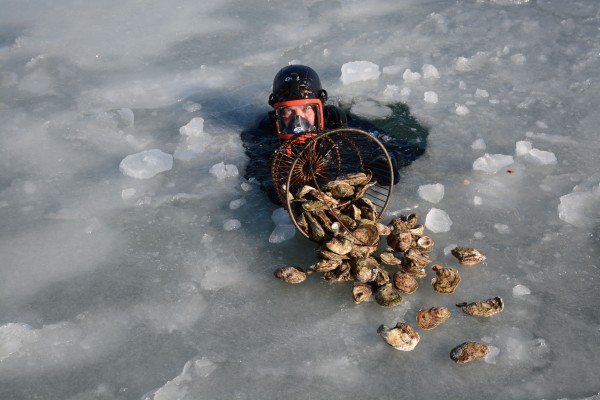
Mid-Winter dive from an Oyster Diver similar to what Phil does without the ice. Photo From Empire Oyster
A wild oyster is one that is naturally growing due to fertilization in the wild. An oyster that is hatched, nursed and introduced to the wild might be considered a “free range” oyster, a mix of farmed and wild. Lake Montauk has both, farmed and wild oysters, and plenty of them, but only a few oyster divers.
Like the oyster’s he dives for, Phil Baigent the oyster diver, is the rarest of baymen. Most baymen in Lake Montauk, rake or dredge for oysters, but divers like Phil pick up “dollar bills” off the bottom of Lake Montauk with the aid of SCUBA gear. It pays, but it’s hard work, and it can be dangerous. Like a lot of things in modern Montauk, it can also create conflict between local baymen and wealthy waterfront homeowners.
You see, many of these homeowners don’t like to see boats off their beaches, and many of them do own the rights to about an acre of bottom off their beach. Failure to stay out of private waters can result in trespassing charges, which are not uncommon.
Some of the wild oysters in Lake Montauk are the result of not only the seeding practices of the town, but also the farming going on there. That is because oysters in cages spawn in summer, just like if they were in the wild. Egg and sperm meet in the water column, then hundreds of billions of oysters in larvae form, and go on to set on rock and form shells. Only one in a billion of those larvae actually grow up to become a harvestable 3” oyster though.
There are oysters that are caught in Lake Montauk and there are oysters that are farmed there. Many of these are consumed within thousands of feet from whence they came. Some though escape Montauk only to find their end up island, in NYC and beyond.
So how do oysters go from dock-to-dish? Who distributes them? Well, on Long Island, and especially on The East End, one name stands out from the crowd: Gosman’s.
So, here’s to the scientists and the farmers who raise a crop that creates habitat, supports a wild fishery and local jobs. Oysters are one of the only “crops” that do that, and we love em’ here on the East End.


